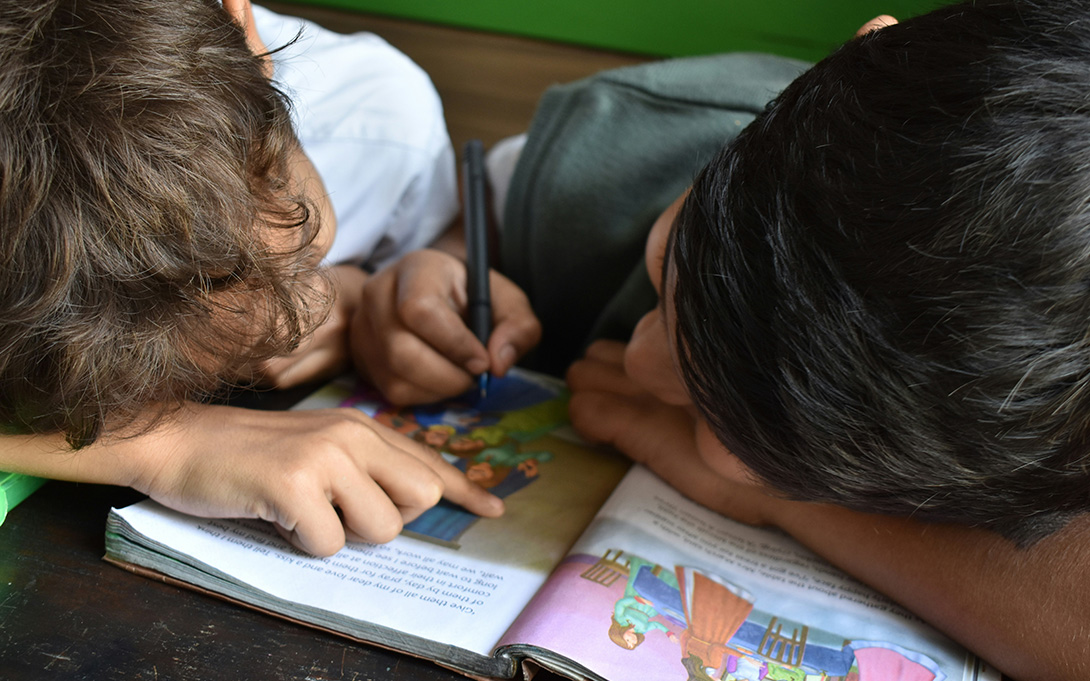
Economics of Foster Care
Foster care provides substitute living arrangements to protect maltreated children. The practice is remarkably common: it is estimated that 5 percent of children in the United States are placed in foster care at some point during childhood. This paper describes the main tradeoffs in child welfare policy and provides background on policy and practice most in need of rigorous evidence. Trends include efforts to prevent foster care on the demand side and to improve foster home recruitment on the supply side. With increasing data availability and a growing interest in evidence-based practices, there are opportunities for economic research to inform policies that protect vulnerable children.

In this paper, we provide an overview of the US foster care system and highlight key considerations in child welfare policy. We begin by discussing how the system works and show several prominent trends in foster care placement. We also highlight that states operate their child welfare systems quite differently, and the conditions states face and approaches they adopt have changed over time. Given this heterogeneity, we look within states and ask whether foster care placement improves outcomes for maltreated children.
We then turn to factors influencing the demand and supply of foster care. On the demand side, we discuss recent drivers of foster care, as well as prevention efforts through in-home family services and diversion from formal placement to less formal living arrangements with relatives. On the supply side, we describe the way the supervision of foster care is organized, efforts to increase the recruitment of foster homes, and the quality of care provided by different forms of foster care placement. We conclude by highlighting opportunities for future research.
Publication: Journal of Economic Perspectives
